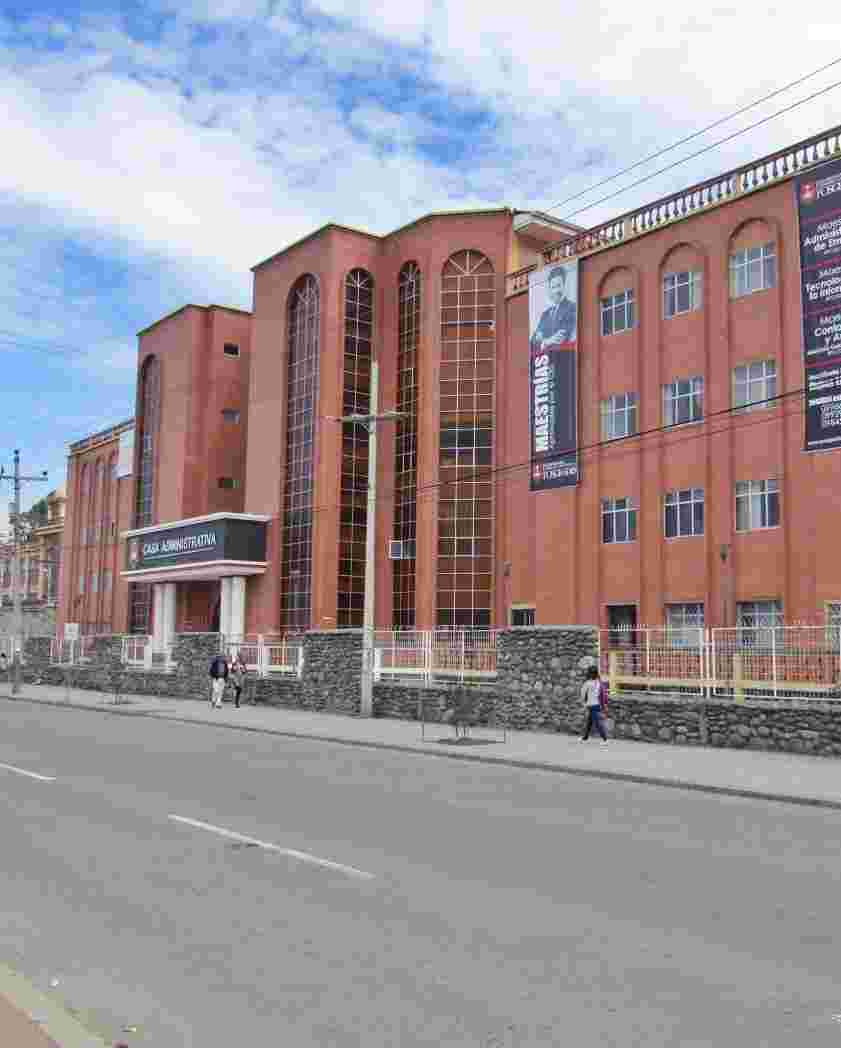Prevalencia de ictericia neonatal y factores asociados en recién nacidos ingresados en el hospital civil "San Vicente de Paúl" de Pasaje. Mayo-octubre 2014
| dc.contributor.advisor | Balladares Rengel, Marcos Francisco | |
| dc.contributor.author | Chaglla Salazar, Gloria Alexandra | |
| dc.contributor.author | Honores Correa, Antonio Xavier | |
| dc.contributor.author | Macas Noblecilla, Jonathan Alexander | |
| dc.contributor.cedula | 0104925805 | es_ES |
| dc.contributor.cedula | 0704409515 | es_ES |
| dc.contributor.cedula | 0705349728 | es_ES |
| dc.coverage | Cuenca – Ecuador | es_ES |
| dc.date.accessioned | 2020-08-13T18:32:09Z | |
| dc.date.available | 2020-08-13T18:32:09Z | |
| dc.date.issued | 2014 | |
| dc.description | Introducción: La ictericia en la gran mayoría de los recién nacidos (Rn), es un proceso fisiológico muy usual, que surge después de 24 horas del nacimiento y se resuelve en 7 a 10 días sin presentar complicaciones, producida por inmadurez del sistema hepático. Pero en varios casos esta se torna patológica complicando el desarrollo normal del Rn volviéndose motivo de hospitalización, causada por un aumento en la concentración de bilirrubina debido a hemólisis, alteraciones hepáticas, incompatibilidad ABO y la isoinmunización RhD. Por lo que es vital conocer los factores que perturban los niveles de bilirrubina en el Rn para así lograr diferenciar una ictericia fisiológica de una patología, con el fin de evitar sus complicaciones que pueden perturbar el desarrollo normal del recién nacido.\nObjetivo: El objetivo de nuestra investigación fue conocer la prevalencia de ictericia neonatal y los factores asociados, en recién nacidos ingresados en el Servicio de Neonatología del Hospital Civil San Vicente de Paúl (HCSVP) de la ciudad de Pasaje de la provincia de El Oro, en el período de Mayo a Octubre del 2014.\nMateriales y Métodos: Nuestro tipo de investigación es un estudio Cuantitativo Observacional Descriptivo de Corte Transversal, se seleccionó los datos de todos los recién nacidos ingresados al servicio de Neonatología del HCSVP desde mayo a octubre 2014, mediante encuestas con la madre o representante legal del recién nacido, se tomó en cuenta las características más relevantes del Rn y su madre.\nResultados: En 212 ingresos durante los seis meses investigados, se encontraron 71 pacientes con diagnóstico de ictericia neonatal, se excluyeron 10 pacientes y 3 casos, de los 68 casos, 38 (55,9%) fueron de sexo masculino, se hallaron 41 (60,3%) Rn con peso de 2500 a 3500gr. Según edad gestacional 45 (66,2%) pacientes fueron pretérmino y 23 (33,8%) a término. | es_ES |
| dc.description.resumen | Introduction: Jaundice in the vast majority of infants (Rn) is a very common physiological process, which emerges after 24 hours of birth and resolves in 7-10 days without complications, produced by immature hepatic system. But in many cases this becomes pathological complicating the normal development of Rn becoming reason for hospitalization caused by an increase in the concentration of bilirubin due to hemolysis, liver disorders, ABO and RhD isoimmunization. So it is vital to understand the factors that disturb bilirubin levels in order to achieve Rn differentiate physiological jaundice of pathology, in order to avoid complications that can disrupt the normal development of the newborn.\nObjective: The objective of our research was to determine the prevalence of neonatal jaundice and associated factors inpatients treated by the Neonatology Service of Civil Hospital San Vicente de Paul (HCSVP) City Pasaje El Oro province in the period from May to October 2014.\nMaterials and Methods: Our research is a Descriptive Quantitative Observational Cross-Sectional study, collected data on all neonates admitted to the Neonatal HCSVP service from May to October 2014 survey by the mother or legal guardian of the newborn, took into account the most relevant features of Rn and mother.\nResults: In 212 income for the six months investigated, 71 patients diagnosed with neonatal jaundice were found in 10 patients and 3 cases, 38 of the 68 cases (55.9%) were male, 41 were found were excluded (60,3%) weighing 3500 gr 2500. Gestational age 45 (66,2%) patients were preterm and 33 (33,8%) to end. | es_ES |
| dc.format | application/pdf | es_ES |
| dc.format.extent | 133 | es_ES |
| dc.identifier.other | 9BT2014-MTI23 | |
| dc.identifier.uri | https://dspace.ucacue.edu.ec/handle/ucacue/7397 | |
| dc.language.iso | spa | es_ES |
| dc.rights | info:eu-repo/semantics/openAccess | |
| dc.rights | Atribución 4.0 Internacional | |
| dc.rights.uri | http://creativecommons.org/licenses/by/4.0/deed.es | |
| dc.source | Universidad Católica de Cuenca | es_ES |
| dc.source | Repositorio Institucional - UCACUE | es_ES |
| dc.subject | Neonatologia | es_ES |
| dc.subject | Ictericia Neonatal | es_ES |
| dc.subject | Bilirrubina | es_ES |
| dc.subject | Hiperbilirrubinemia Neonatal | es_ES |
| dc.title | Prevalencia de ictericia neonatal y factores asociados en recién nacidos ingresados en el hospital civil "San Vicente de Paúl" de Pasaje. Mayo-octubre 2014 | es_ES |
| dc.type | info:eu-repo/semantics/bachelorThesis | es_ES |
| dc.type | info:eu-repo/semantics/publishedVersion | es_ES |
| thesis.degree.level | Título Profesional | es_ES |




